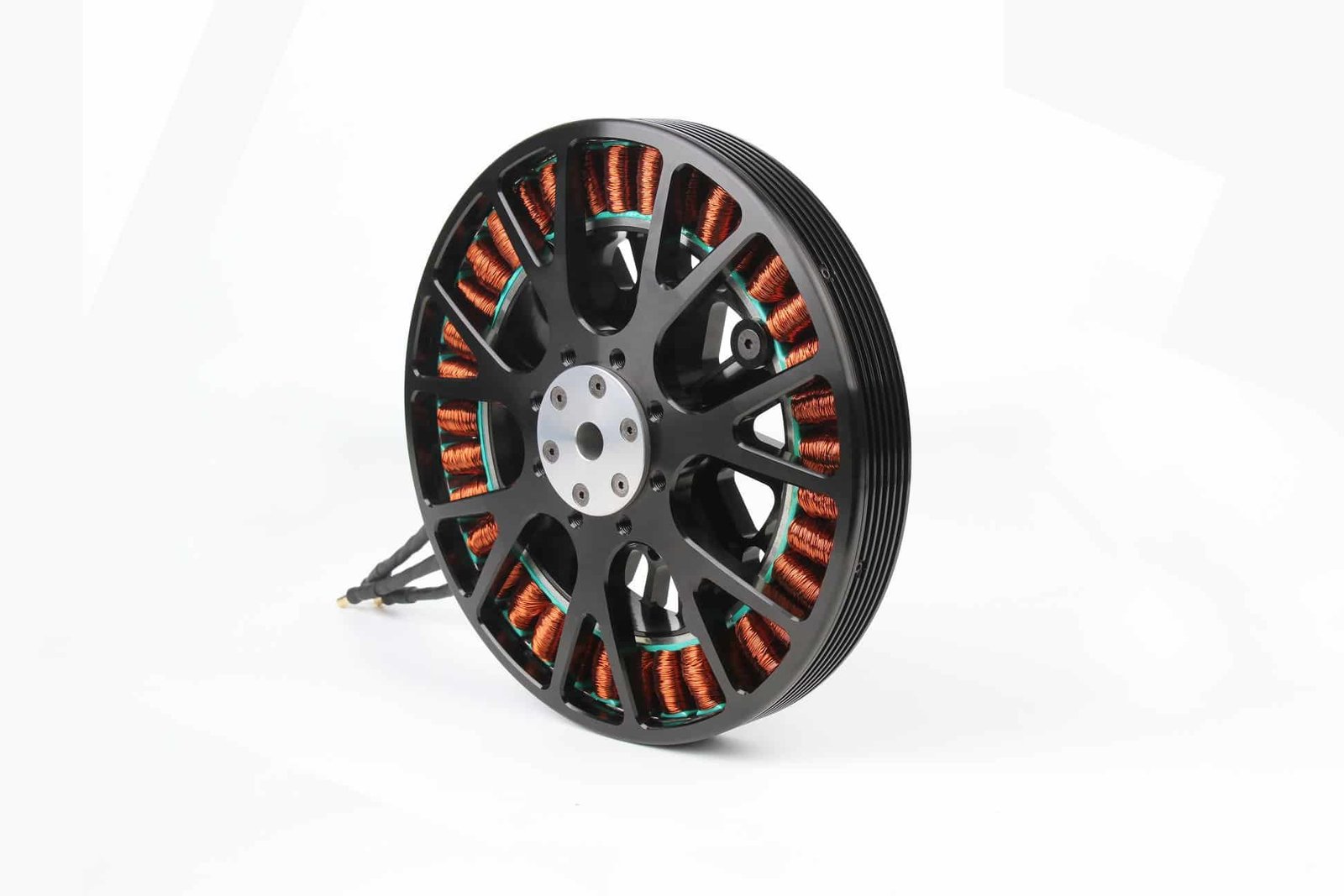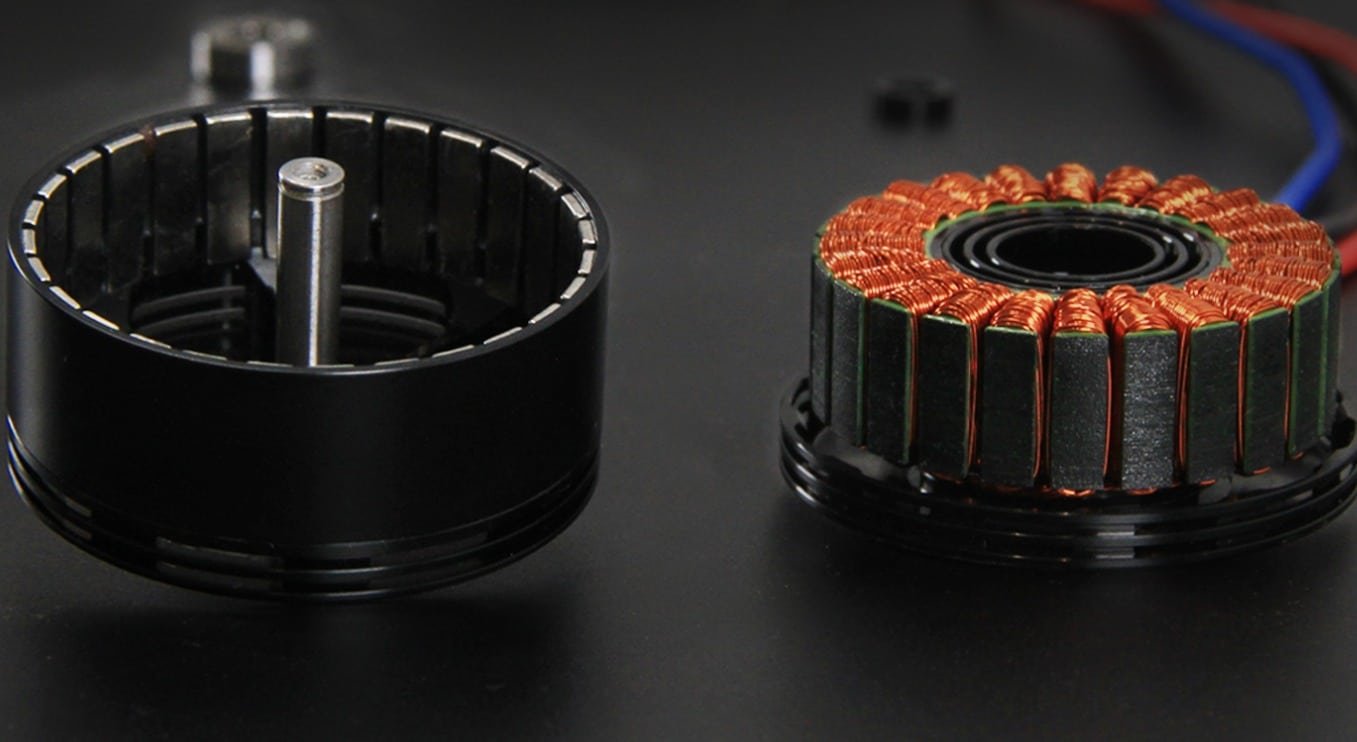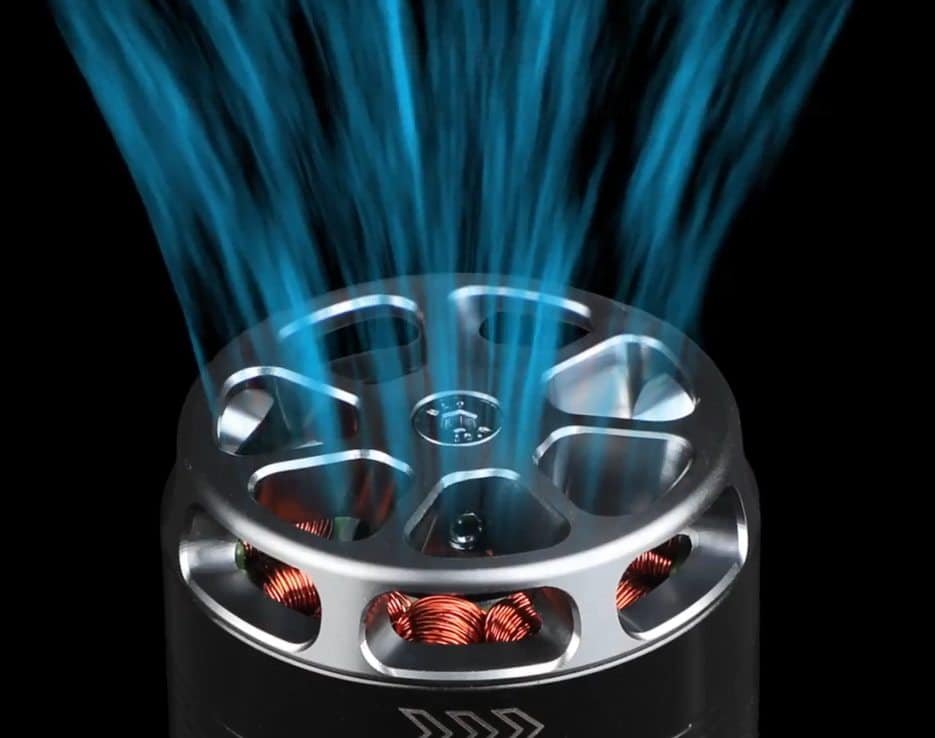The use of motor automatic stator winding machines has made the stator winding industry simpler and easier. You only need to operate the machine to replace manual winding, which greatly increases the output and improves the product consistency. So what are the debugging principles and methods of motor automatic stator winding machines? How to make the equipment run stably? Vacuz will introduce it to you!

1. Debugging principles: accurate adaptation and dynamic balance
In the debugging process of motor automatic stator winding machines, we always follow the principle of “accurate adaptation and dynamic balance”. This means that we need to ensure that the various parameters of the equipment match the stator characteristics, and at the same time achieve a dynamic balance between the equipment and the environment, speed and load.
Parameters and stator characteristics matching:
1. Wire diameter adaptation: Adjust the range of the tensioner according to the wire diameter of the enameled wire to ensure that the thin wire is continuous and the thick wire is tight.
2. Slot type adaptation: Adjust the winding path algorithm for different slot types, optimize the needle bar motion trajectory, and prevent wire scratches.
3. Speed and load balance: Match the winding speed with the equipment load capacity, and use lightweight design to reduce inertial impact.
Environment and equipment coordination:
1. Temperature control: Keep the workshop temperature within the appropriate range to avoid overheating or overcooling of electronic components.
2. Humidity management: Control relative humidity to prevent short circuit or electrostatic breakdown of circuit boards to ensure stable operation of equipment.
3. Shock reduction measures: Fix the equipment on the anti-vibration table to reduce the impact of vibration on winding accuracy and improve product quality.
2. Debugging method: stage by stage, accurate
The debugging of the motor automatic stator winding machine needs to be carried out in stages, and each step needs to be accurately operated to ensure that the equipment performance is in good condition.
Installation and basic inspection:
1. Component integrity: Check whether the key components are installed in place and the screws are not loose to ensure the stability of the equipment structure.
2. Electrical connection: Confirm that the power cord and signal line are connected correctly, without short circuit or open circuit, to ensure the safety of the electrical system.
3. Safety mechanism test: Verify whether the safety device is sensitive and reliable to ensure that the equipment can be shut down quickly in an emergency.
No-load test and parameter initialization:
1. Manual mode debugging: Adjust the relative position of the needle bar, wire mouth and stator notch to ensure alignment accuracy.
2. Program parameter setting: Enter the stator parameters to generate the winding path program; set the initial value of the tensioner and adjust the tension range according to the wire diameter.
Strip test and dynamic optimization:
1. Low speed start: Observe whether the wire enters the notch smoothly without jumper or jamming.
2. Gradually speed up: Monitor tension fluctuations and adjust the tensioner PID parameters to ensure that the wire is tight and continuous.
3. Wire arrangement accuracy verification: Use a laser rangefinder to detect the wire spacing to ensure that the error is within the allowable range.
4. Salt water test: Detect the insulation performance of the winding to ensure compliance with safety standards and improve product reliability.
Three. Stable operation strategy: preventive maintenance, intelligent monitoring
In order to ensure the stable operation of the motor automatic stator winding machine, we need to adopt preventive maintenance and intelligent monitoring strategies.
Daily maintenance:
1. Cleaning and lubrication: Regularly clean the dust on the surface of the equipment, add lubricating oil, reduce wear and extend the life of the equipment.
2. Component inspection: Check the wear of the tensioner spring, needle bar and other components, and replace the aging components in time to avoid failure.
3. Electrical system detection: Use an oscilloscope to detect the output waveform of the servo drive to ensure that there is no harmonic interference and ensure the stable operation of the electrical system.
Intelligent monitoring system:
1. Real-time tension monitoring: Install a tension sensor, and feed back the tension value to the control system in real time. It will automatically shut down and alarm when abnormal.
2. Vibration analysis: Monitor the vibration frequency of the equipment through the acceleration sensor, detect potential faults in advance, and avoid downtime losses.
3. Data recording and analysis: Record winding parameters, fault codes and other data, optimize the process through big data analysis, and improve production efficiency.
Operator training:
1. Standardized operation process: Develop detailed SOPs for changeover, debugging, and maintenance to ensure operation consistency and improve work efficiency.
2. Simulated fault drills: Regularly organize operators to conduct fault simulation drills to improve emergency handling capabilities and reduce downtime.
3. Skill assessment: Regularly conduct operation skill assessments to ensure that operators are proficient in equipment operation skills and maintenance knowledge, and improve the overall quality of the team.

I hope this content can provide you with more comprehensive and in-depth guidance to help you better debug, operate and maintain the motor full-automatic stator winding machine.
Email: sales@vacuz.com [fusion_form form_post_id=”431″ margin_top=”” margin_right=”” margin_bottom=”” margin_left=”” hide_on_mobile=”small-visibility,medium-visibility,large-visibility” class=”” id=””][/fusion_form]

